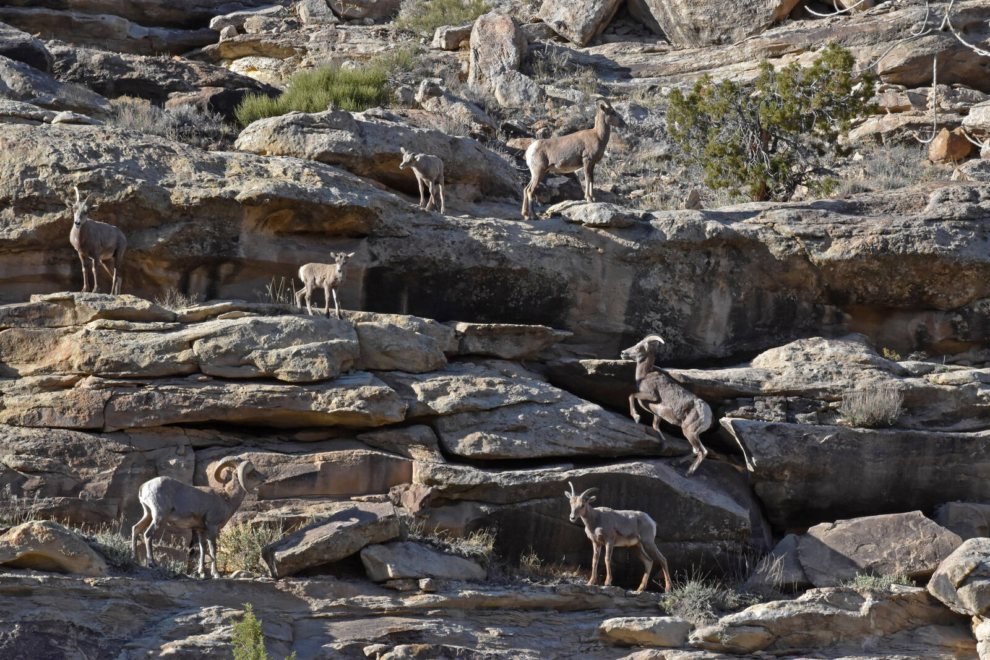TUCSON, Ariz.— The Center for Biological Diversity and Maricopa Audubon Society filed a formal notice today of their intent to sue the Biden administration for failing to stop severe damage from cattle grazing to protected habitat for endangered Gila chub and Western yellow-billed cuckoo in Agua Fria National Monument in Arizona.
Center field surveys in 2021 and 2022 first documented the damage. After a Center lawsuit in 2022, the U.S. Bureau of Land Management and Fish and Wildlife Service began new consultations under the Endangered Species Act. But Center surveys in 2023 showed that unauthorized grazing and damage to endangered species habitat was continuing.
“For three years our surveys have found cattle grazing tearing up endangered species habitat, and for three years Biden officials have done nothing to fix the problem,” said Taylor McKinnon, Southwest program director at the Center for Biological Diversity. “The cows need to go, now. The administration needs to end this chronic failure to protect endangered species from cattle damage, not just in Agua Fria National Monument, but throughout the Southwest.”
Today’s notice says the agencies are violating the Endangered Species Act and the Antiquities Act by allowing cattle grazing to damage cultural sites and critical habitat for chub and cuckoo in five grazing allotments spanning the Agua Fria River, Dry Creek, Little Ash Creek, Sycamore Creek, Silver Creek and Indian Creek.
Widespread cattle-grazing damage includes damaged archeological sites, feces piles in streams, trampled streambeds and banks, and vegetation grazed down to the roots in chub and cuckoo critical habitat.
Agua Fria National Monument was designated in 2000 to protect cultural resources and riparian forests and biodiversity. One allotment at issue in today’s notice, the Horseshoe allotment, is cattle-grazed under a sublease of the Arizona Game and Fish Department. The department bought Horseshoe Ranch and assumed its leases in 2009 to improve endangered species habitat in the monument.
The Center’s field surveys in recent years have documented chronic and severe damage from unlawful livestock grazing to endangered species habitat across hundreds of stream miles along the Agua Fria, Verde, Gila, San Pedro, Black, Bill Williams, Big Sandy, San Francisco, Tularosa, Blue, Salt and other rivers and tributaries in Arizona and New Mexico.
Litigation and agreements resulting from those surveys require federal agencies to monitor and remove livestock from riparian critical habitat for endangered species. Agency compliance with those agreements has been mixed, with some areas seeing livestock removed from critical habitat, while in other areas unauthorized grazing persists.
Up to 75% of Arizona’s wildlife species depend on riparian areas, although riparian areas make up less than 1% of the state’s land. During the 20th century most of Arizona’s low-elevation riparian habitats were destroyed by human activities, including livestock grazing.
In the desert Southwest, livestock grazing harms threatened and endangered wildlife and is the primary driver of riparian ecosystem degradation and species imperilment. Removal of livestock from riparian areas is critical to curbing the extinction crisis in the Southwest.
Source: Biological Diversity
















